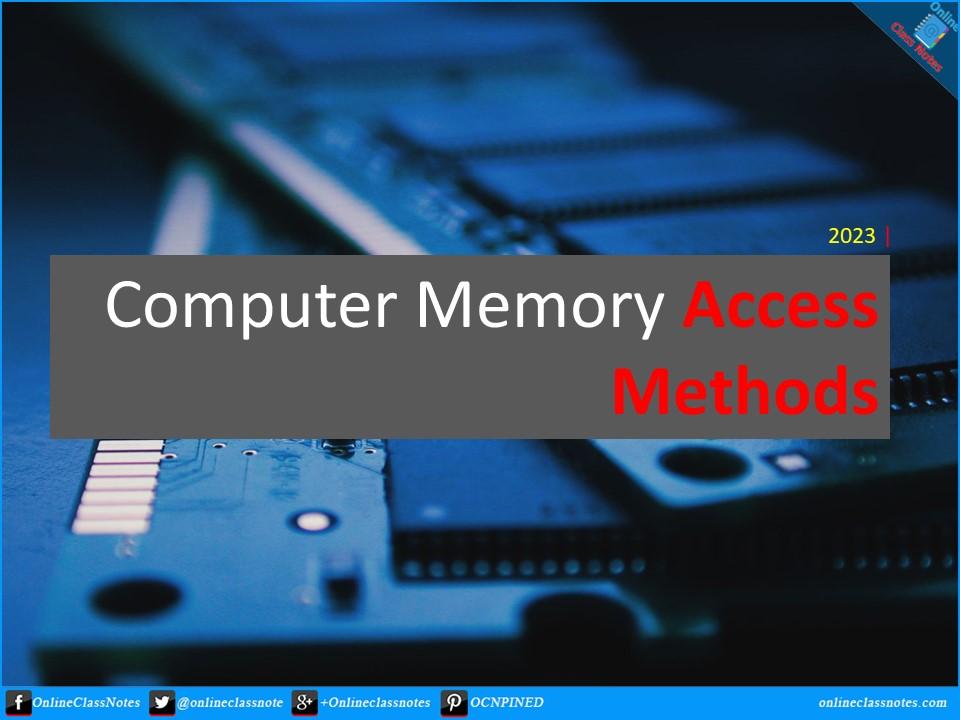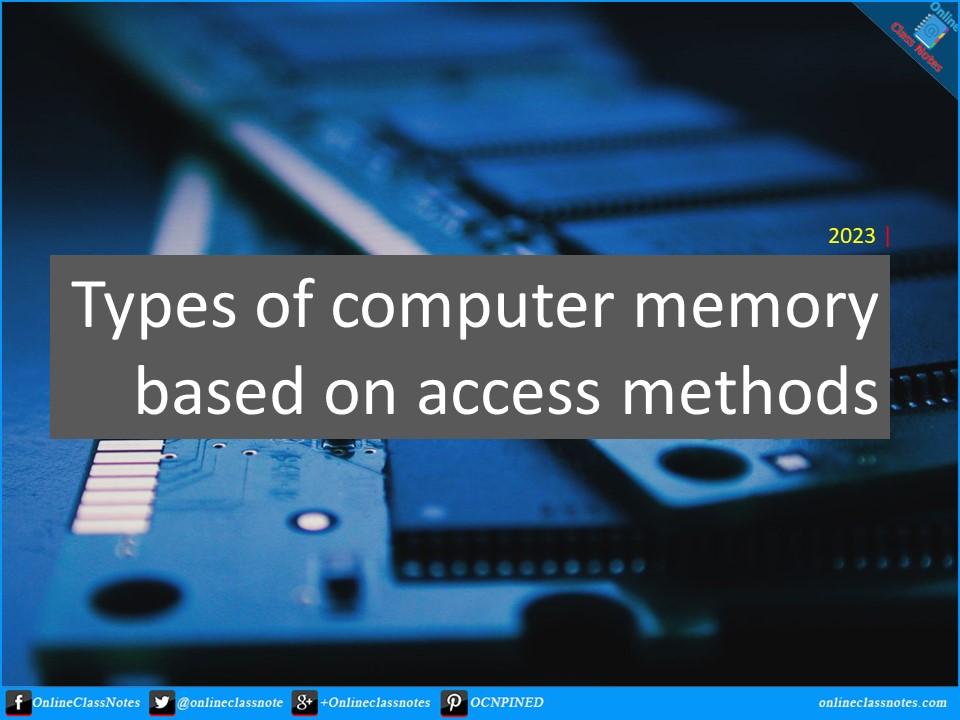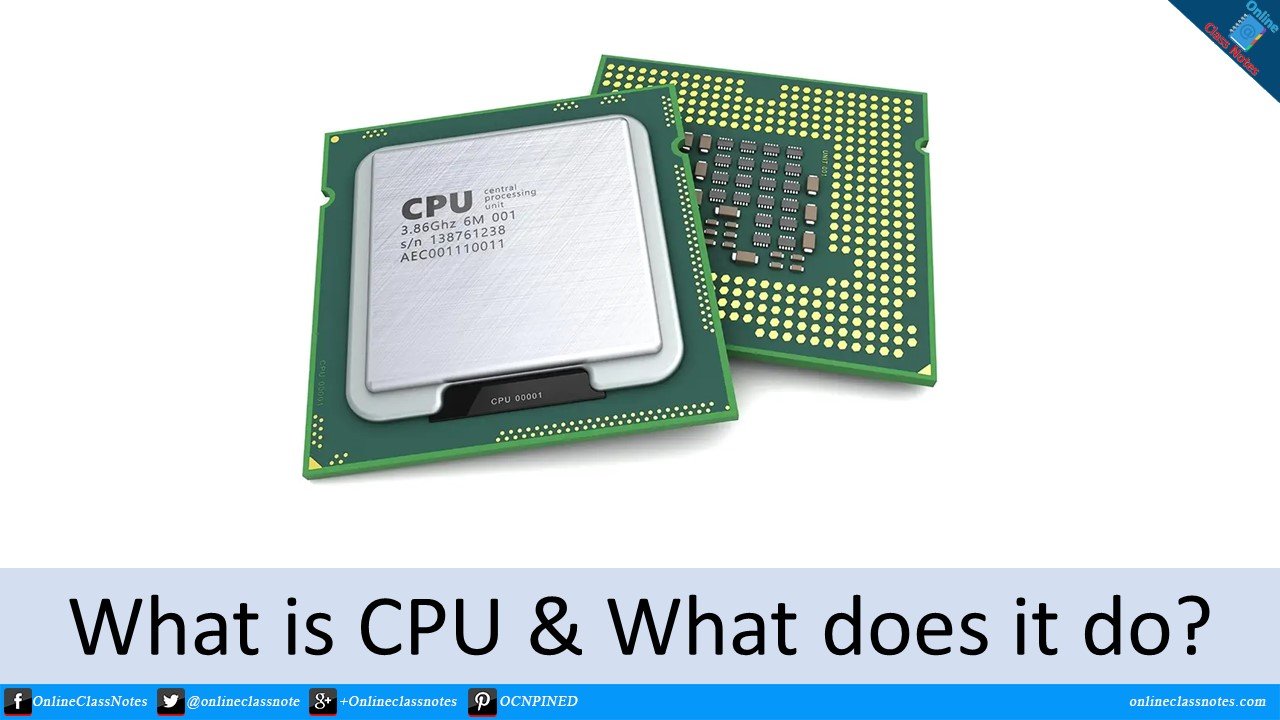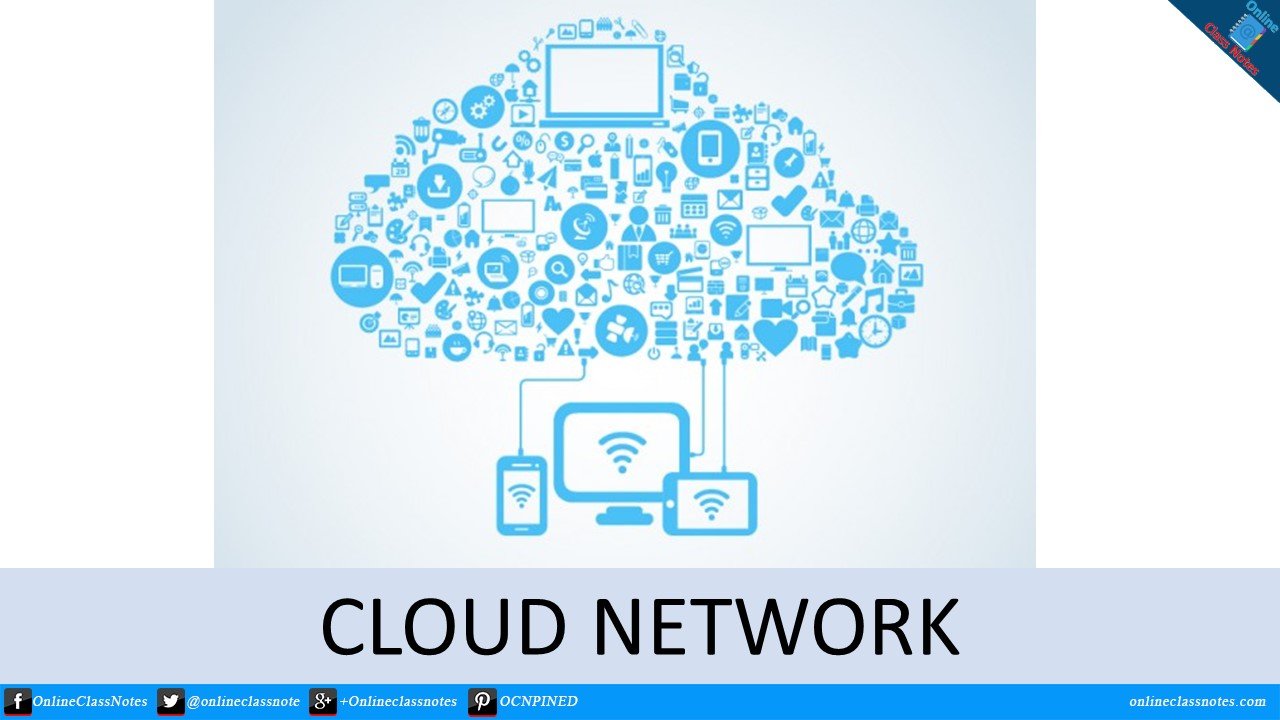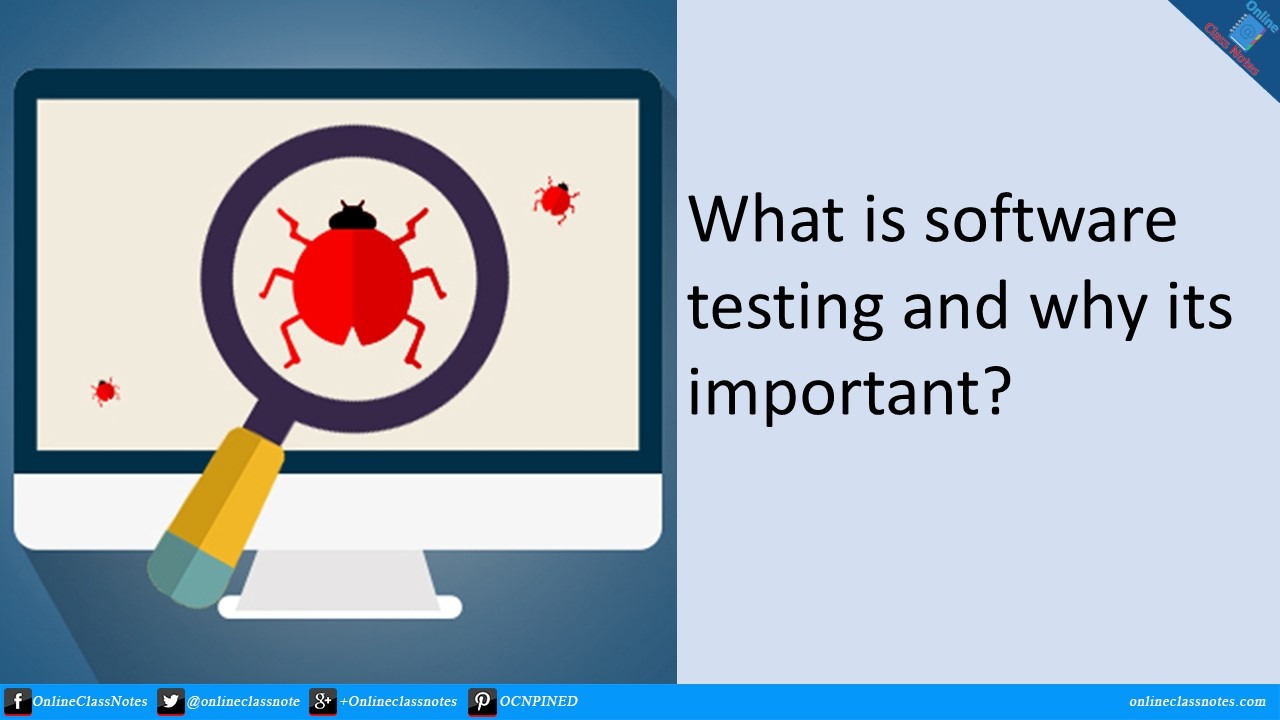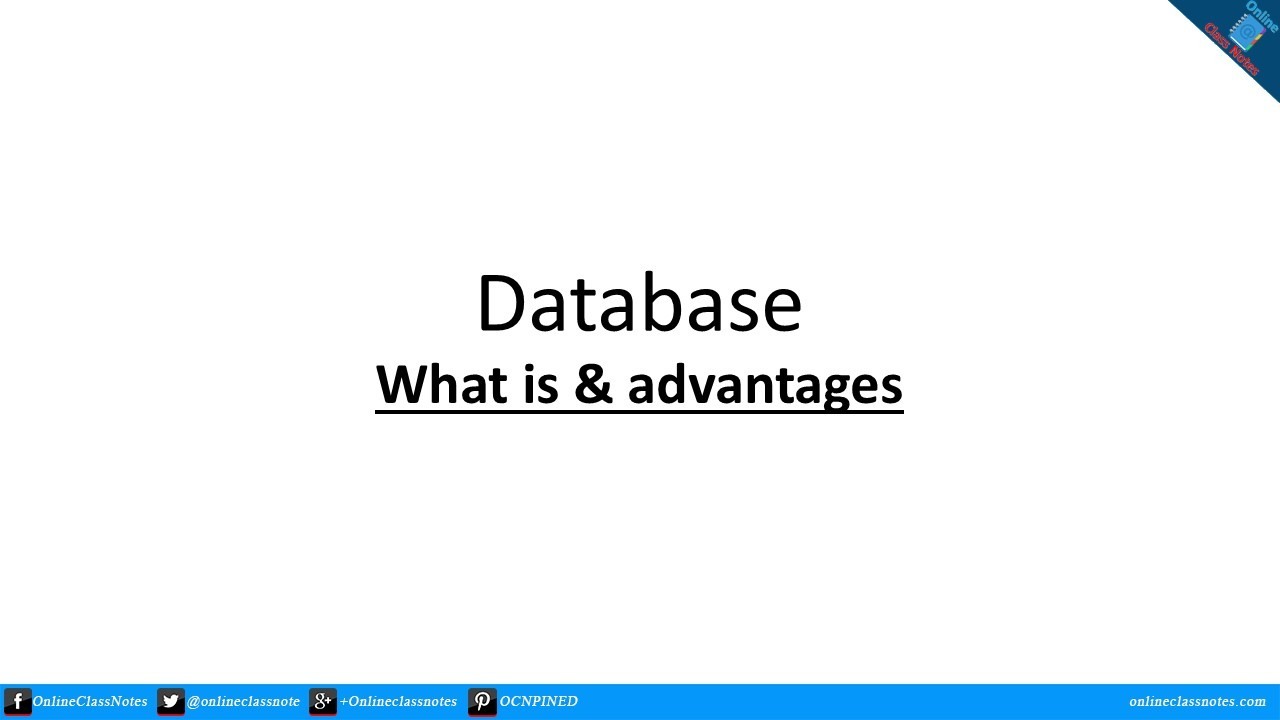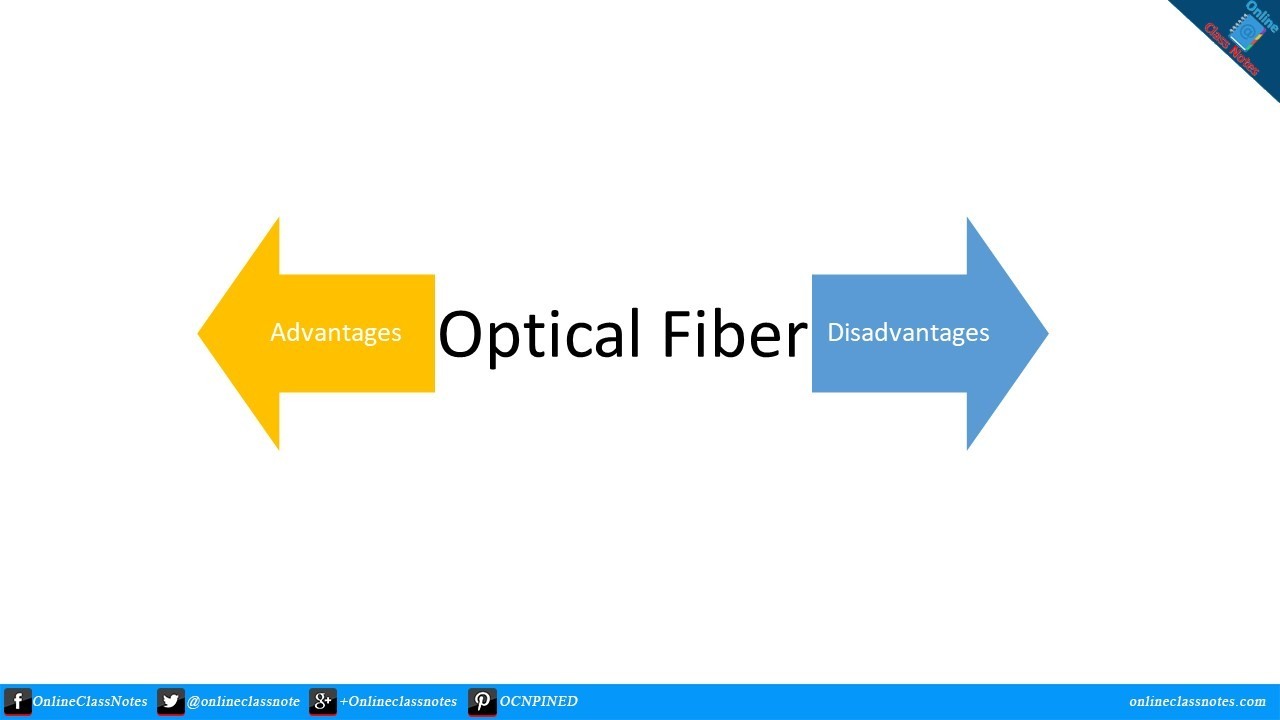CPU (Central processing unit)
A CPU, or Central Processing Unit, is the main component of a computer system that performs the majority of processing tasks required by the system. It is often referred to as the “brain” of the computer. The CPU is responsible for executing instructions, performing calculations, managing memory, and controlling input and output operations.
The CPU consists of three main components: the control unit, the arithmetic and logic unit, and the registers. The control unit is responsible for managing the flow of instructions between the CPU and other components of the computer system, including memory, input/output devices, and other processors. The arithmetic and logic unit performs mathematical and logical operations, such as addition, subtraction, and comparison of values. The registers are small areas of memory used to store data and instructions that the CPU is currently working on.
Read more
